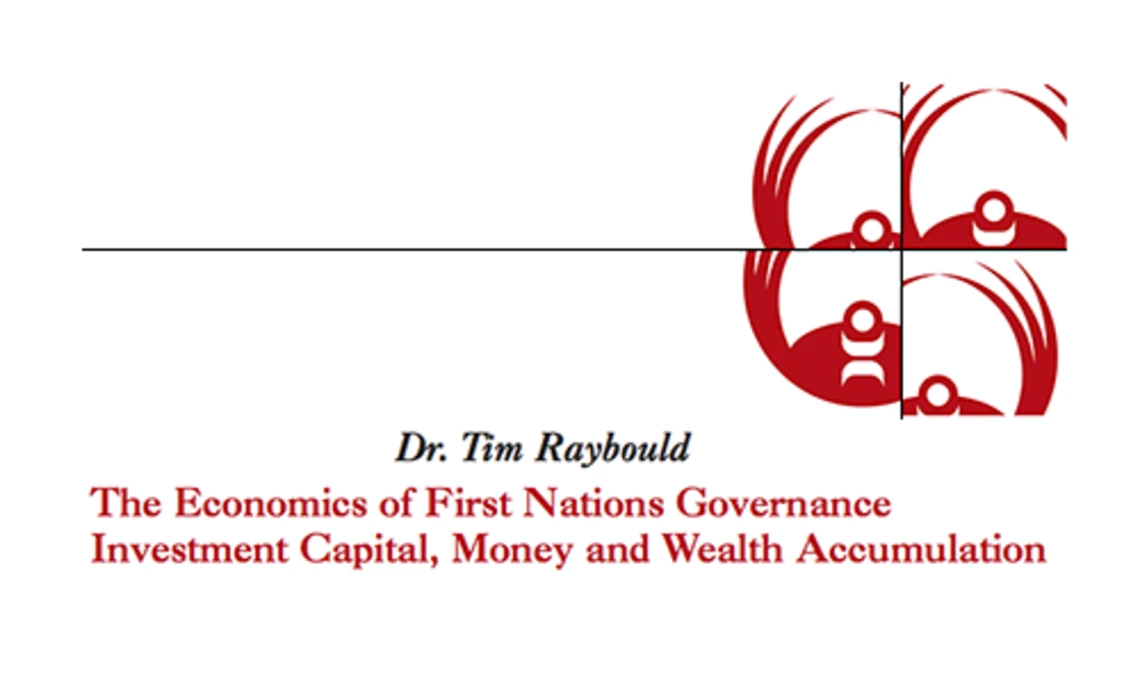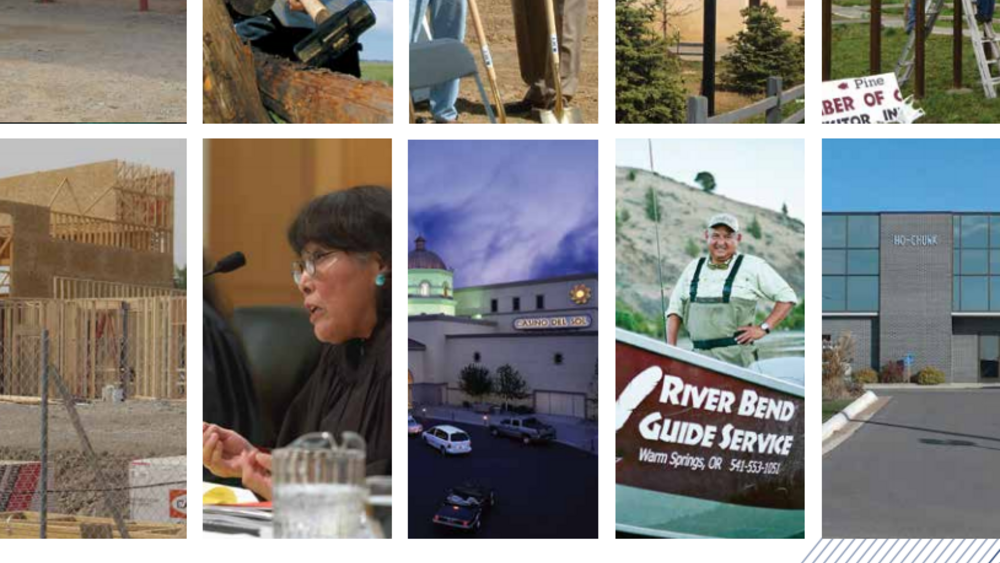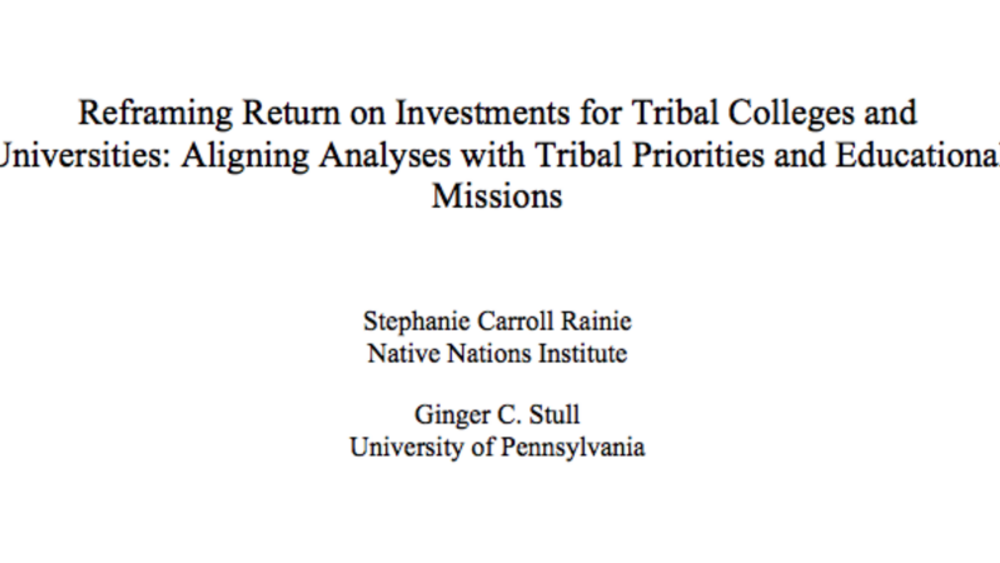There has been much said and written about the underdevelopment of Indian reserves in Canada, the lack of wealth in First Nations’ communities and the concomitant poverty of most First Nations’ people. While Canada sits at seven on the United Nations Human Development Scale this would dramatically drop to 48 out of some 174 countries if Canada’s performance was judged solely on the economic and social well-being of First Nations’ people. Canada’s First Nations remain part of the ‘Fourth World’, after the term coined in the late 1970s by the former National Chief of the Assembly of First Nations, George Manuel; indigenous nations living in Third World conditions locked within modern nation states. Poverty is still the norm for most of Canada’s First Nations, despite ongoing efforts over many years to stimulate reserve economies, including significant investment by governments trying to ‘prime the economic pump.' There are, however, some good examples where the pattern has been changed and communities are breaking the chains of poverty. There are lessons to be learned from both within Canada and outside as to what can be done to alleviate poverty and stimulate economic growth.
Additional Information
Raybould, Tim. "The Economics of First Nations Governance: Investment Capital, Money and Wealth Accumulation." Research Paper for the National Centre for First Nations Governance. The National Centre for First Nations Governance. Canada. 2006. Paper. (https://fngovernance.org/wp-content/uploads/2020/10/The_Economics_of_First_Nation_Governance.pdf, accessed February 12, 2024)




